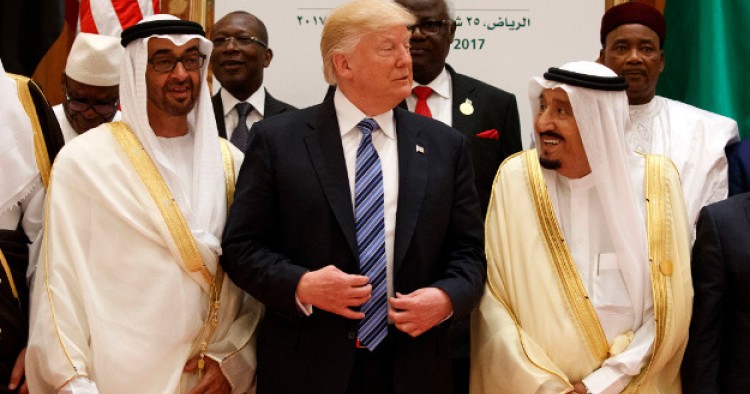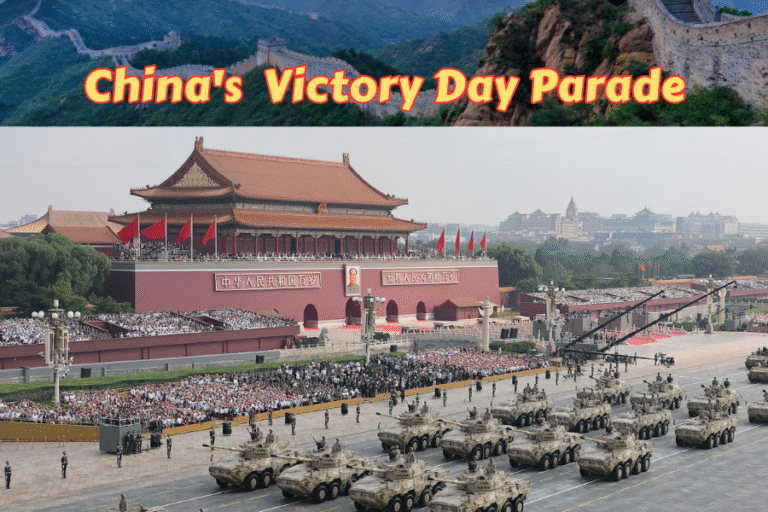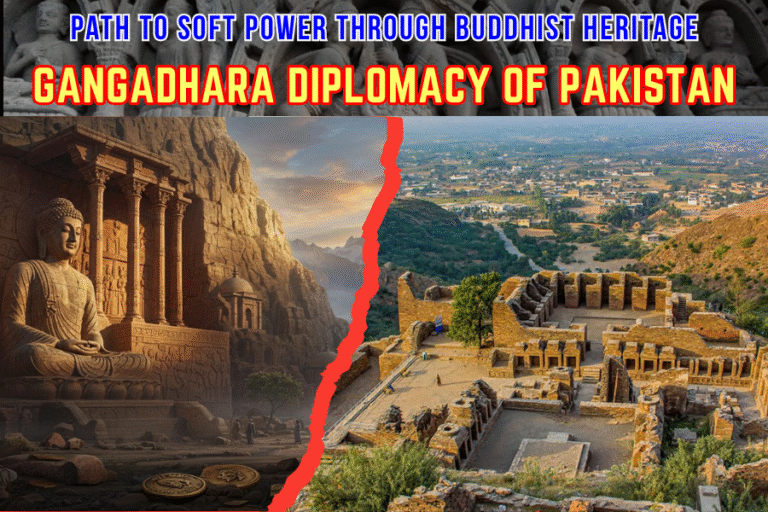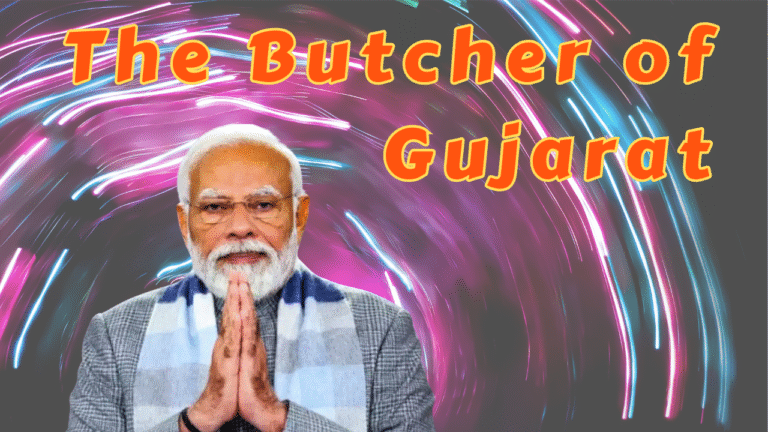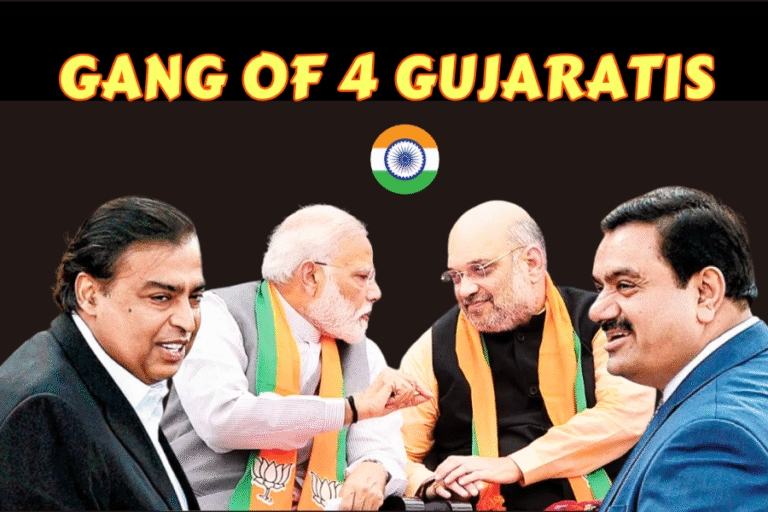(By Khalid Masood)
In the annals of global statecraft, few moments shimmer with such portent as President Donald J. Trump’s first foreign voyage of his second term, embarked upon May 13, 2025, to the opulent courts of Saudi Arabia, the United Arab Emirates, and Qatar. With the mantle of leadership freshly donned, Trump has chosen to chair the Gulf Cooperation Council (GCC) summit in Riyadh, a gathering of monarchs and emirs whose wealth and influence sway the tides of the Middle East. This pilgrimage, rich in spectacle and strategy, unveils a tapestry of ambitions: to forge concord with Gulf titans, to tame the tempests of regional strife, and to secure America’s economic dominion. Yet, beneath the gilded promises lies a question—can Trump’s transactional alchemy transform the crucible of conflict into a beacon of peace, or will it merely stoke the embers of discord?
Three motives, as discerned by keen observers, drive this audacious endeavor: to rally Gulf support for resolving the Israel-Gaza conundrum, to secure tacit approval for confronting Iran’s nuclear ambitions, and to fortify the sanctity of dollar-denominated oil trade. Let us traverse these aims, probing their depths and weighing their perils, as the world watches a statesman navigate the razor’s edge of power.
I. A Pact for Palestine: Seeking Gulf Confidence
In the scarred lands of Gaza, where sorrow and strife have woven a relentless dirge since Hamas’s assault on October 7, 2023, Trump seeks to broker a fragile peace. His journey to Riyadh, Doha, and Abu Dhabi, notably bypassing Jerusalem, signals a calculated pivot—to enlist the Gulf’s diplomatic and financial might before confronting the Israel-Palestine quagmire. Qatar, a deft mediator, has shepherded ceasefire talks, its envoys shuttling between Hamas and Israel to secure hostage releases. Saudi Arabia, wielding the scepter of regional leadership, conditions its normalization with Israel upon tangible steps toward a Palestinian state—a demand echoed by the UAE, whose Abraham Accords once heralded a new dawn.
Trump’s gambit is clear: to harness Gulf leverage to press Hamas for concessions or to fund Gaza’s reconstruction, perhaps sidestepping Israeli Prime Minister Benjamin Netanyahu’s obdurate rejection of a two-state solution. The Gulf’s coffers—Saudi’s $600 billion investment pledge, the UAE’s $1.4 trillion commitment—dangle as bait, yet their rulers hold firm, spurning Trump’s provocative vision of “redeveloping” Gaza through Palestinian displacement. In this delicate dance, Trump must persuade monarchs wary of Arab public ire, their hearts stirred by Palestine’s plight.
Yet, herein lies the peril. The Gulf’s insistence on Palestinian sovereignty clashes with Israel’s expansionist fervor, rendering a comprehensive accord elusive. Trump’s exclusion of Israel from his itinerary betrays strained ties, as Netanyahu’s unilateral strikes in Gaza defy American brokerage. Without a bold concession—perhaps a U.S.-backed framework for statehood—Trump risks a hollow deal, a bandage upon a wound unhealed. The stage is set, but the script remains unwritten, its denouement hinging on Gulf resolve and Trump’s cunning.

II. The Iranian Enigma: Courting Gulf Approval
Across the shimmering waters of the Arabian Gulf, the specter of Iran looms, its uranium enrichment program a riddle wrapped in defiance. Trump, once the architect of “maximum pressure” that sundered the 2015 nuclear accord, now treads a dual path—diplomacy laced with the threat of steel. His Gulf sojourn seeks the silent nod of Saudi Arabia, the UAE, and Qatar, whose lands host American legions and lie within Iran’s missile reach. Unlike his first term, Trump finds Gulf leaders amenable to talks, their fears of Iran tempered by economic dreams—Saudi’s Vision 2030, the UAE’s global hub aspirations.
Iran, weakened by the toll on its proxies—Hamas and Hezbollah—stands at a crossroads, its 60% enriched uranium a bargaining chip or a casus belli. Trump’s envoys, negotiating in Geneva, demand caps on enrichment and dismantled centrifuges, offering sanctions relief in return. Yet, Saudi Arabia’s own nuclear ambitions, seeking domestic enrichment under U.S. auspices, complicate the equation. Trump may dangle nuclear cooperation or arms deals—perhaps a $100 billion Saudi contract—to secure Gulf alignment, assuring them that any Iran accord safeguards their ramparts.
But the path is fraught. Iran’s refusal to abandon enrichment, coupled with Gulf aversion to regional escalation, curbs Trump’s latitude. Military action, a specter raised by hawks, risks conflagration, imperiling Gulf oil fields and cities. The notion of “sorting out” Iran’s nuclear quest “once and for all” belies the labyrinthine reality, where diplomacy falters and swords rattle. Trump’s challenge is to bind Gulf pragmatism to American resolve, lest his gambit ignite the very chaos he seeks to quell.
III. The Dollar’s Dominion: Safeguarding the Petrodollar
In the realm of commerce, where oil is the lifeblood of empires, Trump’s mission is to fortify the dollar’s throne. The petrodollar system, whereby Saudi Arabia, the UAE, and Qatar price their crude in U.S. currency, anchors American financial hegemony, fueling demand for dollars and Treasuries. Trump’s economic overtures—securing billions in Gulf investments, from AI to semiconductors—aim to deepen this bond, countering whispers of de-dollarization. China’s yuan-based oil bids and Saudi’s BRICS flirtations cast shadows, yet Trump wields incentives: relaxed AI export rules, nuclear technology, and symbolic gestures like renaming the Persian Gulf the “Arabian Gulf.”
The Gulf’s loyalty to the dollar is no mere formality but a pillar of U.S. power, ensuring America’s ability to borrow and spend. Trump’s transactional flair—offering arms and prestige—seeks to lock Gulf wealth into American markets, forestalling a shift to rival currencies. Yet, the tide of history murmurs dissent, as Gulf states diversify trade with Asia, their pragmatism outweighing fealty to Washington. The petrodollar endures, but its immortality is no longer assured, a truth Trump must confront with guile and gold.

IV. A Critical Reflection: Power’s Perilous Dance
O, what a grand and perilous spectacle unfolds, where a president, clad in ambition, courts kings to reshape a region aflame! Trump’s Middle East gambit, born of deal-making zeal, seeks to bend Gaza’s agony, Iran’s defiance, and oil’s commerce to America’s will. Yet, the Gulf’s lords, no mere pawns, wield leverage born of wealth and wisdom. Their demand for Palestinian justice, their caution against Iranian strife, and their hedging in global trade reveal a truth: Trump may need them more than they need him.
The risk is stark. A Gaza deal without statehood may quell unrest but sow seeds of future revolt. An Iran accord, or worse, a reckless strike, could stabilize or shatter the region, with Gulf cities in the crosshairs. The petrodollar’s defense, while vital, battles a world tilting toward multipolarity, where dollars vie with yuan. Trump’s transactionalism—prizing deals over dialogue—may yield glittering prizes, yet it skirts the deeper wounds of justice and trust that alone can forge lasting peace.
Conclusion: A Legacy in the Balance
As Trump departs the Gulf’s gilded shores on May 16, 2025, the world awaits the fruits of his labor. Will his summit herald a new concord, where Gaza finds respite, Iran bends, and the dollar reigns? Or will it merely delay the inevitable, a fleeting triumph in a region where swords are ever drawn? The chronicle of this visit, etched in the ledger of history, will judge not merely Trump’s cunning but the wisdom of nations to choose peace over pride. Let us hope, as the desert winds whisper, that the path chosen leads not to war’s abyss but to a dawn of shared prosperity.

